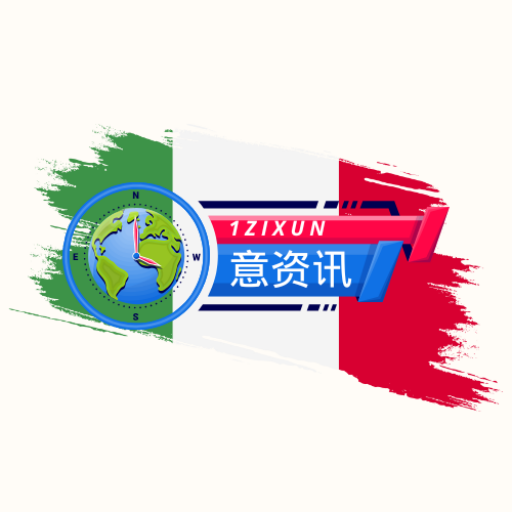Italy’s tourism industry is brushing aside political controversies to focus on the critical Ferragosto holiday period. Operators nationwide—from coastal resorts to mountain retreats, spas to agritourism sites—are mobilizing resources to meet demand. Discrepancies exist among forecasts, but all point to positive trends, bolstered by official data countering recession concerns.
The Interior Ministry’s ‘Alloggiati web’ database, exclusively obtained by ANSA, reveals surging tourist arrivals: August bookings already show 7,944,284 guests in the first 11 days alone—a 13.1% jump from 2024. June recorded 21.7 million arrivals (+10.2% year-on-year), while July saw 24 million (+4.5%).
The Tourism Ministry confirms diversification: summer travel now spans June to September, with October bookings rising. Demand extends beyond beaches to mountains (76.6% advanced sales), art cities (71.9%), and rural areas (75.5%). Italy dominated the Mediterranean market this summer, with online travel agencies reporting 48% occupancy in June and 43% in July. It also offered lower average rates than competitors like Greece and Spain.
Industry projections for August 11-18 forecast €5 billion in revenue from 15 million overnight stays (CNA Tourism). Confcooperative estimates €17 billion total summer spending, with 16 million Italians traveling during Ferragosto. The Italian Beach Operators Union reports most coastal facilities are already sold out.
However, price hikes remain contentious. Consumer groups and figures like actor Alessandro Gassmann have criticized inflated costs, urging: “Lower prices to improve accessibility.” Confcooperative notes average family vacation spending hit €1,950 (+16% from 2024), with beach trips averaging €6,539 for a four-member family.
While Confcooperative President Maurizio Gardini acknowledges tourism’s “central role in Italy’s economy,” he warns of polarization: “Alongside households maintaining spending power, a segment of Italians is now excluded from vacations.”
© Copyright ANSA. All rights reserved.
